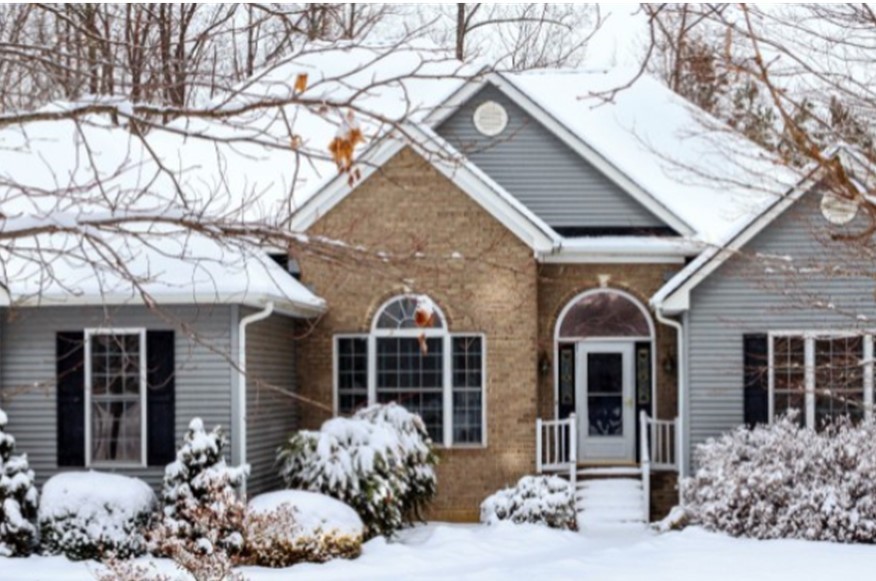With winter quickly approaching, bringing along with it, freezing cold temperatures, snow, freezing rain, ice and more, it’s important to take some time to winterize your home.
Taking a few steps before winter arrives, will help you avoid some unnecessary and potentially costly repairs, and protect your investment in your home.
And with rising energy costs, you’ll be able to better reduce your heating bills by keeping the cold out and the warm in, throughout the season.
Clean Out Your Gutters
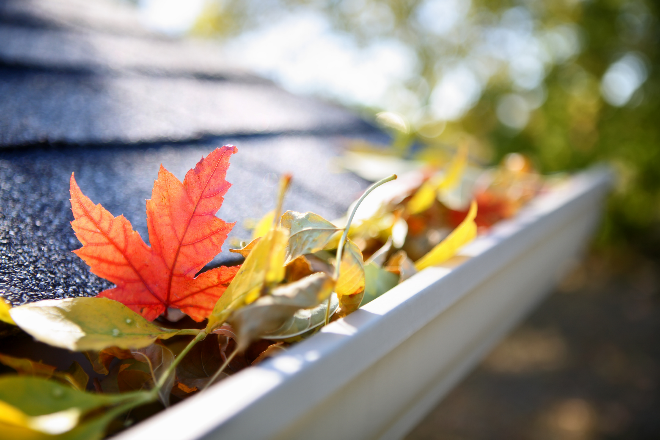
Leaves and debris tend to find their way to your gutters during the fall and if not cleared out, can result in water and ice dams forming during the winter.
This can lead to water backing up under your roof tiles and causing damage to your roof and water leaks in your home.
Schedule cleaning out your gutters right after the last leaves fall in autumn so that rain and melting snow can drain properly.
Check Your Roof
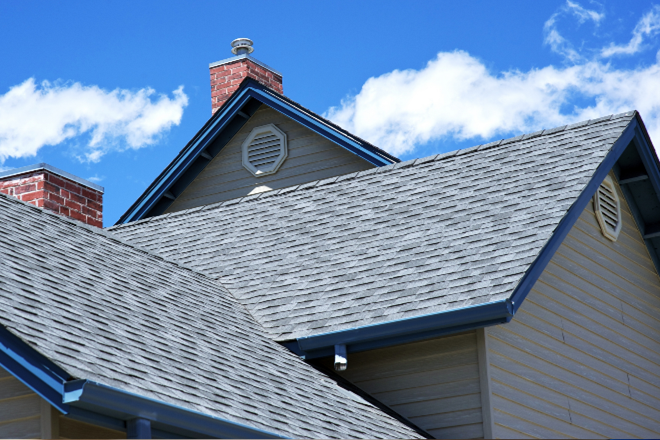
Do a quick visual inspection of your roof to see if it’s ready to withstand the harsh winter weather conditions on their way to avoid leaks or damage from melting snow.
Look for shingles that may be damaged, missing, frayed or curled. Also look and have them repaired or replaced. Also look for damaged flashing, clogged valleys and debris that may have accumulated on the roof.
While you’re at it, check if there are branches hanging over your home that may fall when covered with heavy snow.
Weather Stripping
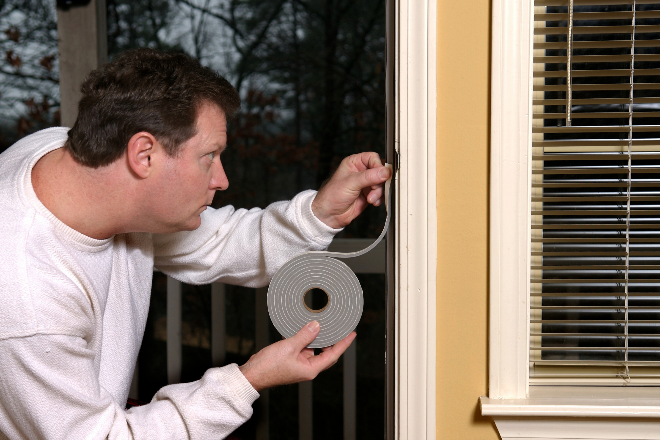
Worn or damaged weather stripping around doors and windows can be a major cause of heat loss during the cold winter months, leaving you both feeling chilly and with higher home energy costs.
Repairing and replacing worn weather stripping is inexpensive way to keep the ‘warm in’ and the ‘cold out’ and is relatively easy to do the for the do-it-yourselfer.
Don’t forget to also check the weather stripping around your sliding glass doors and the doors leading to the attic and basement as well.
Seal The Leaks
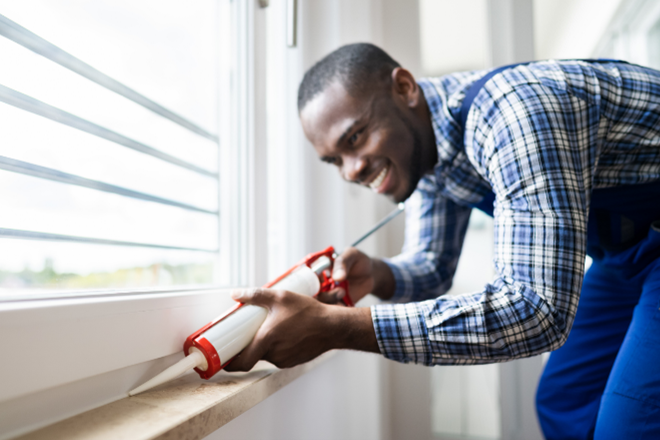
We’re talking about ‘air’ leaks here. You’d be surprised at the number of places your home can be ‘leaking’ warm air and letting cold air in.
Check the areas where the glass meets the window frame and above and below the windowsill. You may just find a small breeze coming through a slight crack in the seal there. You can either caulk the area or use specialized tape to seal the crack.
Also check your outlets and switches for drafts. You can use a foam insulation made specifically for this purpose to stop those leaks as well. Be sure to carefully follow the instructions.
Replace HVAC Filters
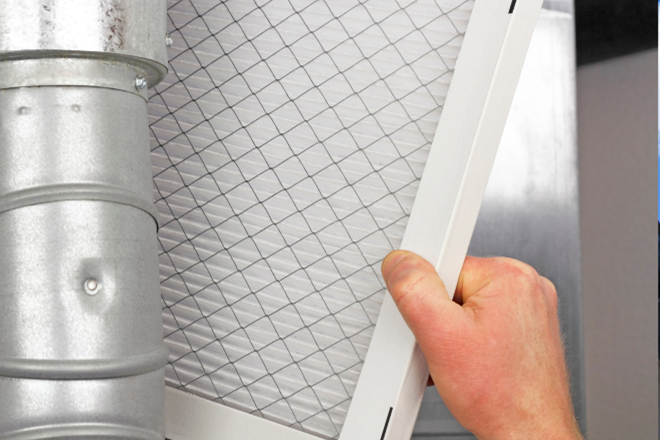
Your furnace will already be working overtime to keep your home warm during this winter. Dirty filters obstruct air flow and cause your furnace to work longer and harder to heat your home causing additional strain on your system as well as higher energy bills.
Filters are relatively inexpensive, should be changed about every three months and can be bought at virtually any home improvement store.
Ideally, this is a great time to contact your HVAC professional and give your system its annual servicing and tune up.
Service Your Fireplace, Flue and Chimney
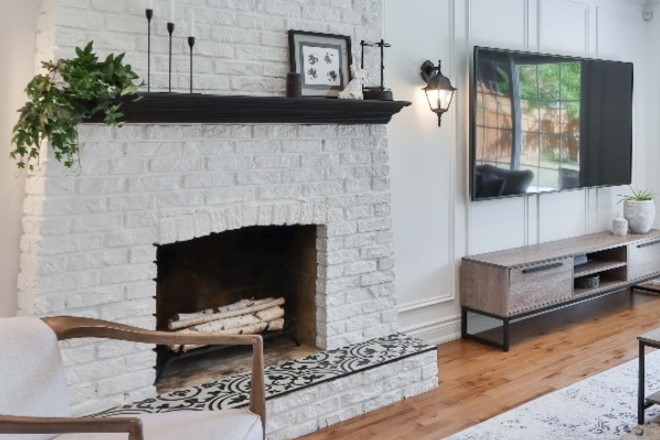
Every year thousands of fires are caused by creosote buildup, debris and even animal nests blocking a chimney. It’s important to always have a chimney sweep and service conducted before the first time you use your fireplace for the season.
When not in use, remember to close the flue to avoid unnecessary loss of heat.
If you’re not going to use your fireplace at all this season, consider options like a ‘chimney balloon’ to create a tight fit in the flue to keep the warm air in and the cold air out.
Install a Programable Thermostat
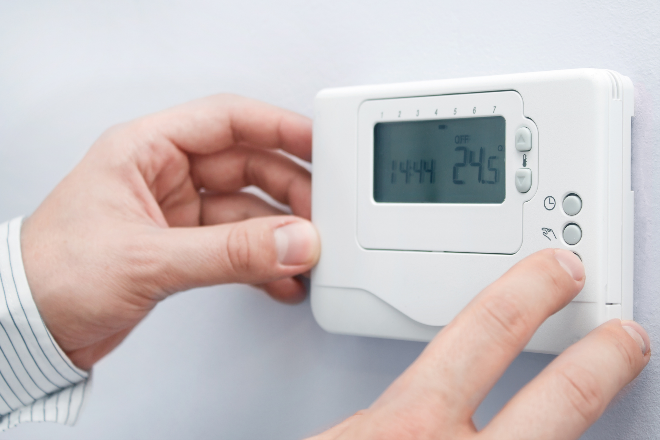
Estimates are that you can save up to 1% in energy costs for every 1 degree in lower temperature settings.
By installing a programable thermostat, you can set the temperature down a few degrees while you’re at work and have it automatically reset before you even get home.
You’ll be saving money and your home will be nice and cozy again by the time you get back. The recommended winter setting is 68 degrees Fahrenheit while you’re home.
Rotate Ceiling Fans Clockwise
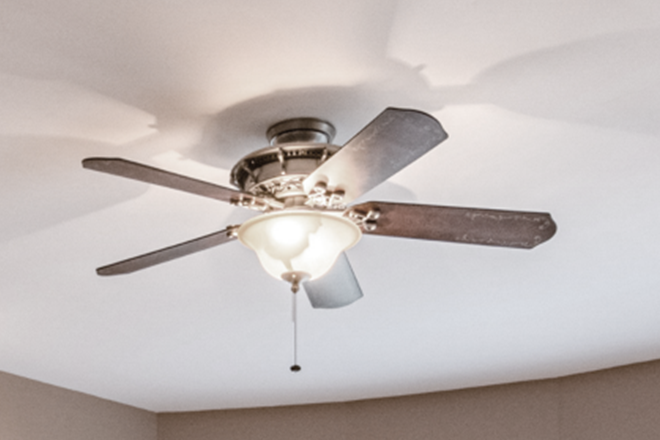
Almost everyone, including yours truly, forgets to do this one going into the winter.
Ceiling fans have two settings controlled by a small switch usually on the side of the base.
For winter months, you want your fan to rotate clockwise so it pushes the warm air, that rises, back down to your living space.
Store Your Summer Items
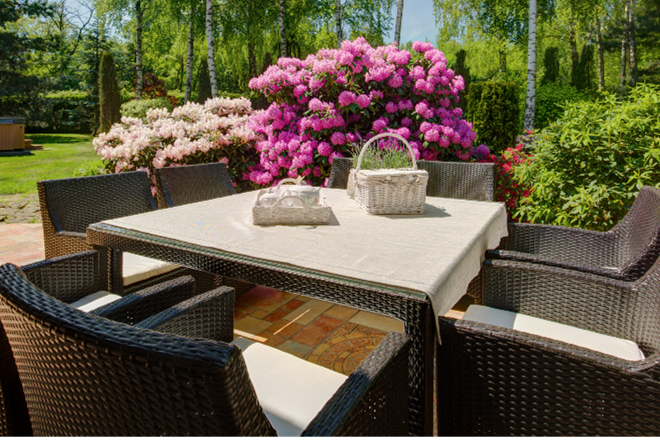
Snow, ice and cold temperatures can wreak havoc on your outdoor furniture, grill, equipment and accessories.
Take the time to bring them in and store them in your basement or garage so you don’t have to buy replacements next summer. If that’s not possible, at least buy some covers to protect them from the elements.
Don’t forget any accessories or trinkets displayed outside. Not only can they suffer damage as well, but they can become projectiles in strong windy storms.
Check, Test & Stock Up
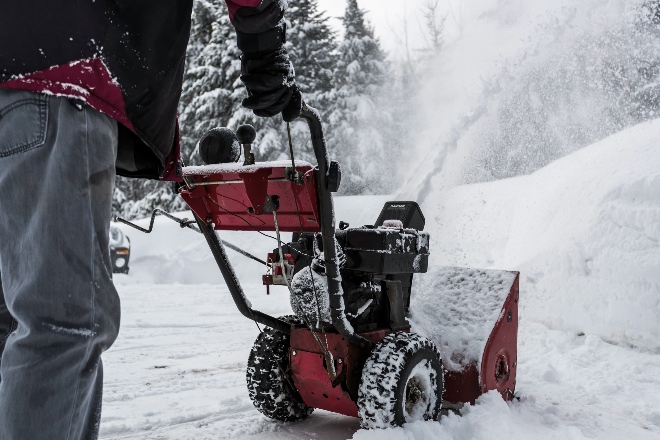
We’ve all been there. The first snowstorm arrives, and you can’t get your snowblower started or don’t have an ice scraper for your car. Avoid that this year, and make sure you’ve stocked up on necessary supplies.
Check that all items you’ll need are on hand, accessible and in working order
- Snow Shovels, Ice Scrapers, Ice Melt, Battery Powered Weather Radio, Flashlights, First Aid Kit, Gloves, Hats, Boots, etc.
Test any systems you’re going to count on to start up and work during the winter season
- Snow blowers, Generators, Heating Systems, etc.
- Don’t forget to check the oil and your gas supply
Stock Up on items you’ll need if a storm hits and stores close early, roads are impassable, or the power goes out (Ideally, you should have at least a 3 day supply)
- Bottled water, canned food, cereal, snack foods, energy bars, pasta, coffee, tea, and paper goods like toilet paper and paper towels
- Baby food, baby formula, diapers
- One week supply of prescription medications and supplies
- Pet food and pet medications
- Batteries, power banks for your phone, can opener, thermal blankets
Conclusion
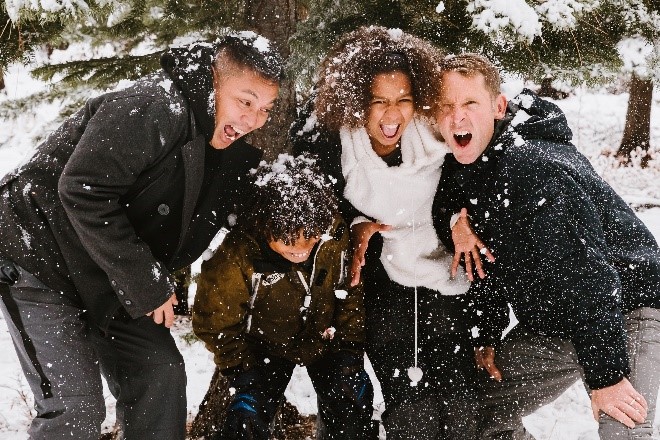
Winter is a time where ‘hoping for the best, but preparing for the worst’ is the best philosophy to follow. Taking a little bit of time to get ready, you can leave the stress behind, knowing you’re prepared for just about anything winter will bring.
Instead of worrying about the upcoming storm, you may actually find yourself looking forward to a little time off and playing in the snow with your family and friends.
Have a great and safe winter and happy holidays to each of you!


 Facebook
Facebook
 Twitter
Twitter
 Pinterest
Pinterest
 Copy Link
Copy Link
